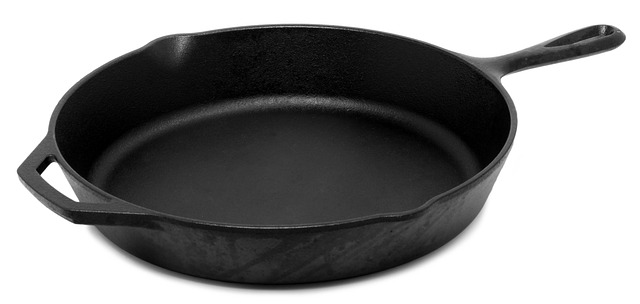Cookware Selection and Care for Everyday Cooking
Choosing the right cookware affects how food cooks, how long pieces last, and how easy they are to maintain. This article explains common cookware materials, what to consider when buying or replacing pieces, basic care to extend lifespan, and a clear product comparison to help you match cookware to cooking style and budget.

What types of cookware are available?
Cookware is typically grouped by material: stainless steel, aluminum (often anodized), cast iron, nonstick coatings, and enameled cast iron. Stainless steel is durable and good for browning; aluminum conducts heat well and is often used with a coated surface or an encapsulated base; cast iron holds heat and is ideal for searing and slow cooking; nonstick is convenient for eggs and low-fat cooking but can wear over time; enameled cast iron combines heat retention with a corrosion-resistant surface. Each material has trade-offs in responsiveness, durability, and maintenance requirements.
How to choose cookware for your kitchen?
Selecting cookware starts with how you cook: do you sear, simmer, bake, or sauté most often? For high-heat searing, heavy-gauge stainless steel or cast iron is suitable. For quick, even heating and lower weight, anodized aluminum works well. Consider compatibility with your stovetop (induction requires magnetic bases), the set size you need, and how often you want to replace items. Look for even-heating construction (multi-layer bases, full-clad pieces), comfortable handles, tight-fitting lids, and warranty terms. Balance initial cost against expected lifespan—well-maintained pieces can last decades.
Care and maintenance for longevity
Proper care extends cookware life. With stainless steel, clean with warm soapy water and remove discoloration using gentle abrasives or specialized cleaners; avoid high-alkaline detergents that can dull finishes. For cast iron, maintain seasoning: clean without soap when possible, dry thoroughly, and apply a thin oil layer after use. Nonstick pans require silicone or wooden utensils to prevent scratching and should not be overheated empty. Enameled surfaces resist rust but can chip if dropped—avoid thermal shock by not submerging hot pans in cold water. Store pans with protective layers between stacked pieces to prevent scratches.
Safety and performance considerations
Consider surface reactions and food contact safety. Uncoated stainless steel is chemically stable; aluminum can react with highly acidic foods unless treated or anodized. Nonstick coatings (PTFE-based) are generally safe at recommended temperatures but can degrade if overheated or scratched. Enameled cast iron avoids direct metal-food contact and is easy to clean. For allergen or sensitivity concerns related to metals, choose fully coated or non-reactive options. Always follow manufacturer guidance for temperature limits and utensil use to preserve both safety and performance.
This section introduces practical product examples to illustrate common choices and typical price expectations. The table compares representative cookware items and providers with key features and approximate costs to help you decide based on cooking style and budget.
| Product/Service Name | Provider | Key Features | Cost Estimation |
|---|---|---|---|
| 10-inch Cast Iron Skillet | Lodge | Pre-seasoned, excellent heat retention, oven-safe | $25–$60 |
| Stainless Steel 3-ply Fry Pan (8–12 in) | All-Clad | Full-clad construction, even heating, durable finish | $120–$300 |
| Nonstick Fry Pan (8–12 in) | T-fal | PTFE nonstick, Thermo-Spot heat indicator, budget-friendly | $20–$80 |
| Enameled Dutch Oven (4–7 qt) | Le Creuset | Enameled cast iron, oven-to-table, vibrant colors | $200–$500 |
| Hard-Anodized Cookware Set (10–12 pc) | Calphalon | Responsive aluminum core, durable nonstick or stainless interiors | $150–$400 |
Prices, rates, or cost estimates mentioned in this article are based on the latest available information but may change over time. Independent research is advised before making financial decisions.
Conclusion
Picking cookware is a practical exercise in matching material properties to how you cook, how much maintenance you’ll do, and the surface compatibility you need. Consider a mix of pieces—a reliable skillet for searing, a durable saucepan for sauces, and a nonstick pan for delicate foods—to cover everyday cooking. With attentive care and the right choices for your kitchen, cookware can deliver consistent cooking results and long service life.






